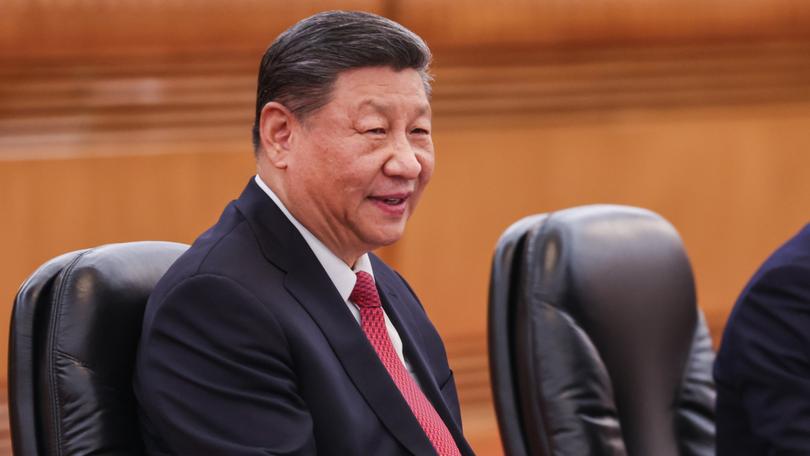China accuses Australia of ‘disrupting peace’ as Canberra condemns dangerous fighter jet flares incident

China has accused Australia of “disrupting peace and stability” and undermining its national security, as Canberra doubles down in denouncing an “unsafe and unprofessional” incident in the South China Sea.
The Australian Defence Force on Thursday revealed that two days earlier, a Chinese J-16 fighter jet released flares that came within 30 metres of a RAAF P-8 Poseidon surveillance plane in the South China Sea.
It prompted swift action from the Australian side, lodging a formal protest through embassies in Canberra and Beijing.
Sign up to The Nightly's newsletters.
Get the first look at the digital newspaper, curated daily stories and breaking headlines delivered to your inbox.
By continuing you agree to our Terms and Privacy Policy.But China has now accused Australia of deliberately entering China’s airspace without permission, which had “violated China’s sovereignty and undermined China’s national security”.
“The Chinese side took legitimate, lawful, professional and restrained measures to expel the aeroplane,” the spokesperson told a press conference.
“China has lodged serious protests with Australia and urged it to stop infringing on China’s sovereignty and making provocations and stop disrupting peace and stability in the South China Sea.”
While no one was injured and the Australian aircraft escaped damage, Defence Minister Richard Marles said there was a potential for “significant damage” to the RAAF jet.
“Australian personnel (were) put in danger,” he said on Friday morning.
“These flares were released at a very close distance to our P-8 aircraft in international airspace. The important point to make is the proximity within which they were released was such that there was no way the pilot of the Chinese J-16 could have been able to control where the flares then go.
“They could have hit our P-8. Had that occurred, it would have done significant damage to our aircraft, and that obviously puts in danger the lives of our personnel.”
Mr Marles said Australia’s operations in the South China Sea was being done with “increasing risk”, but remained important work because of the imperative to assert the rules of international law.
“We understand there will be interactions between our two defence forces – that is fine – but where those interactions happen, they need to be professional and safe, and where they are unsafe, we will call it out,” he said.
Meanwhile, Australia is monitoring three Chinese warships currently in the Coral Sea to Australia’s north-east.
The three vessels are abiding by international law, but Australia has sent a clear message that they are being watched.
“I won’t speculate on what’s going to happen here, there are a range of options that this task group could now pursue. But what we will do is watch,” Mr Marles said.
Navy and airforce assets have been deployed to the region.

